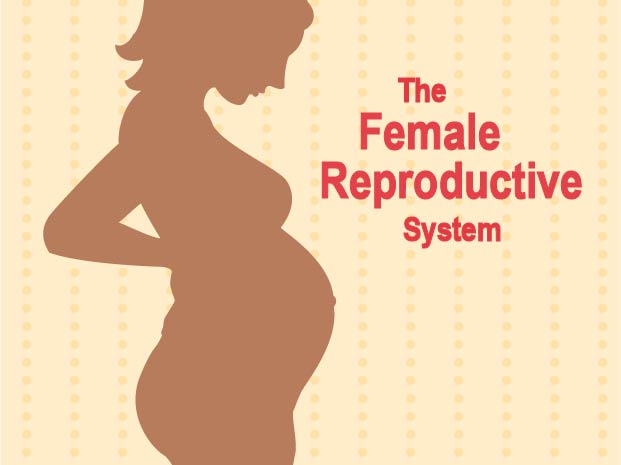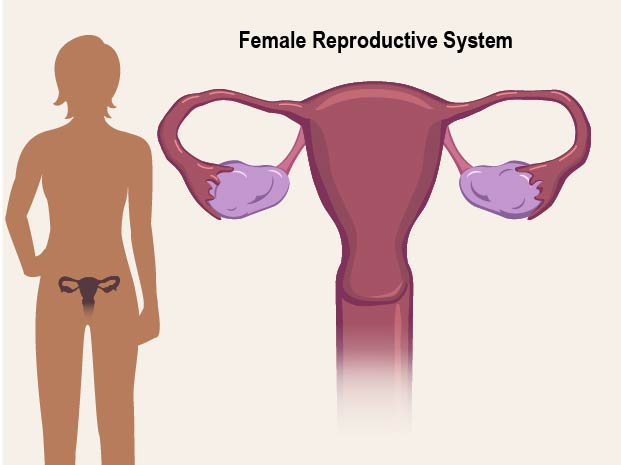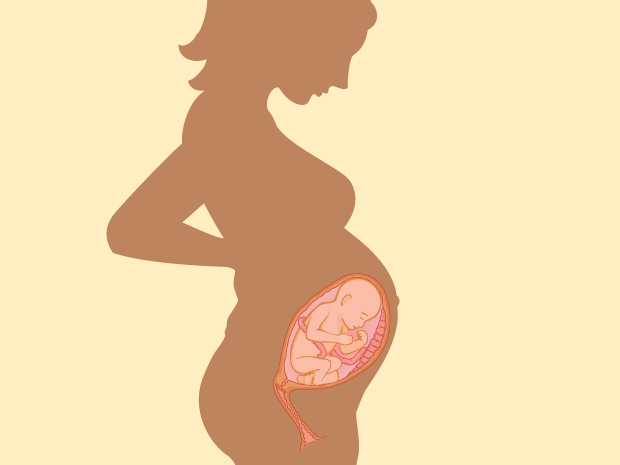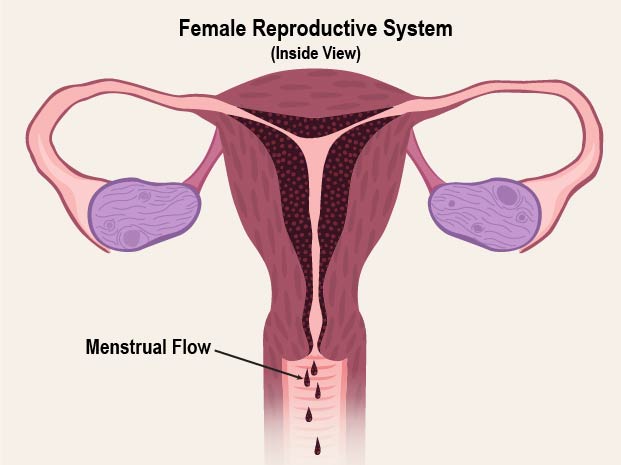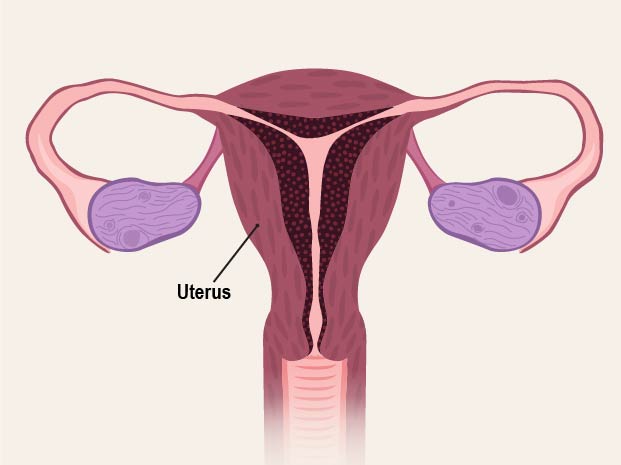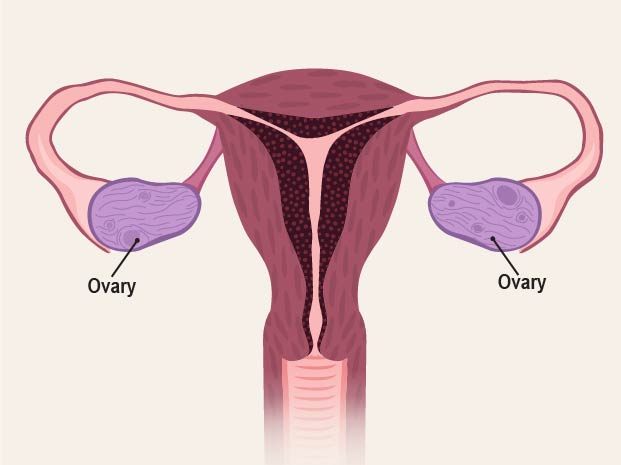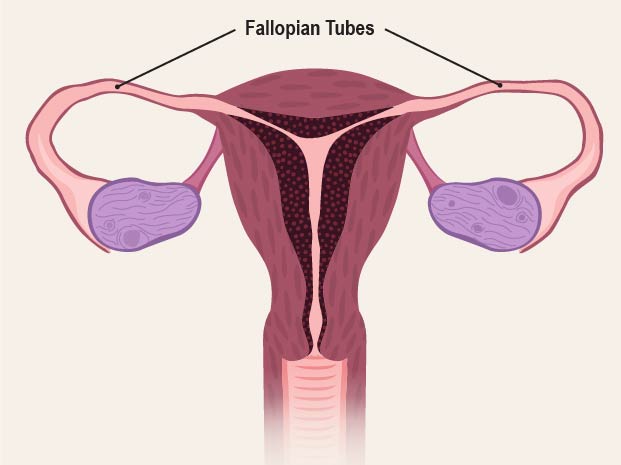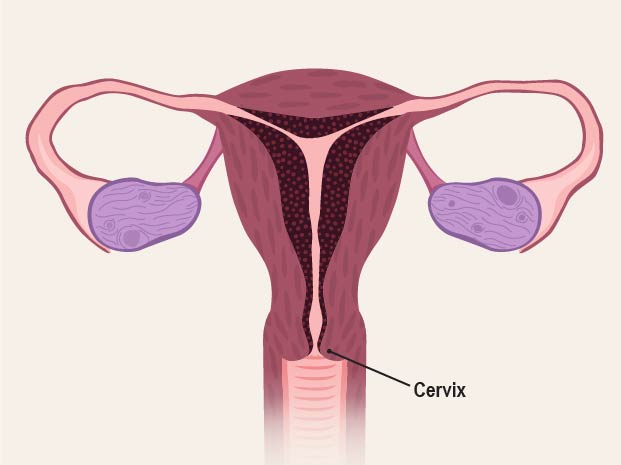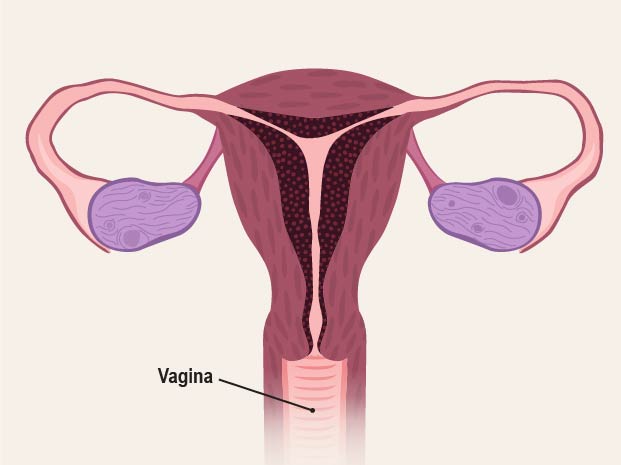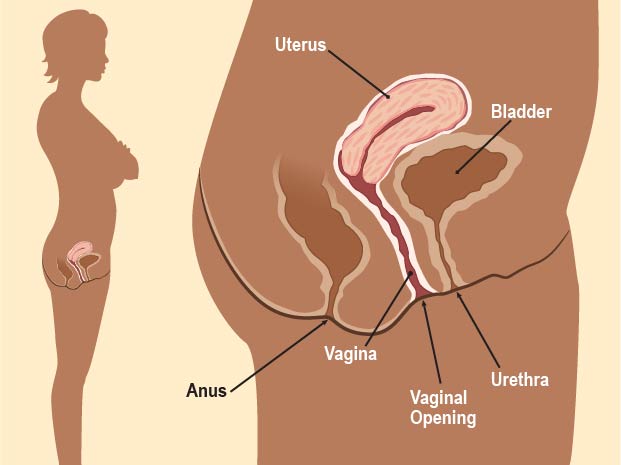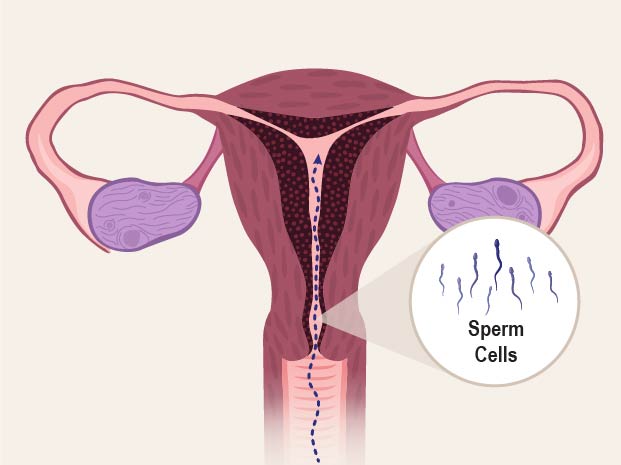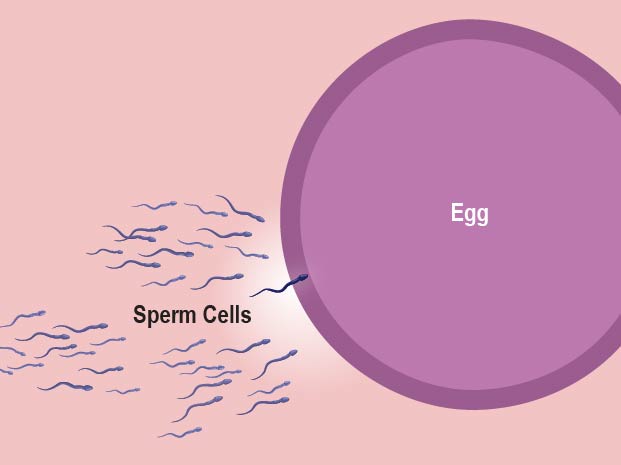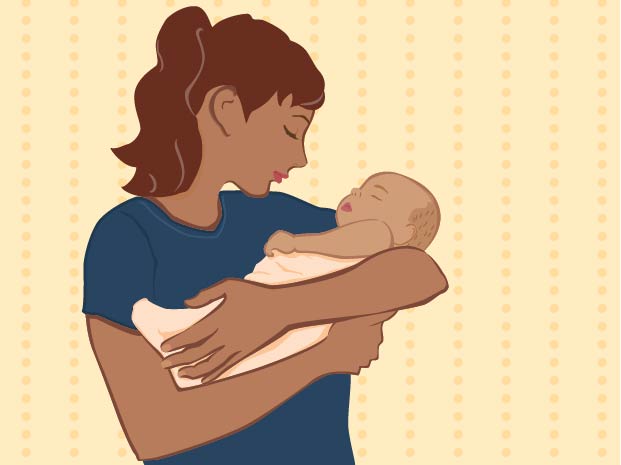The female reproductive system is made up of the parts that are inside and outside the body that help a female make a baby. Both the female and male reproductive system are needed for this.
The female reproductive system also lets the body menstruate (have periods) and grow into a sexually mature female by making sex hormones.
What Are the Parts of the Female Reproductive System?
The female reproductive system has parts inside and outside the lower belly and pelvis.
Inside Parts of the Female Reproductive System
Vagina. This hollow tube links the uterus (womb) to the outside of the body. The vagina is how menstrual blood leaves the body during periods. It’s also where the penis is inserted during vaginal sex.
The vagina’s walls have muscles, letting it get narrower or wider to fit a tampon or a baby as it leaves the body during childbirth. The walls are lined with mucous (MYOO-kus) membranes to keep them protected and moist.
Hymen. This very thin piece of skin-like tissue partly covers the opening of the vagina. Most hymens stretch or tear after having vaginal sex for the first time. There may be a bit of blood and a little pain. Some hymens don’t change much after sex, and some become stretched even before having it.
Cervix. This is where the vagina and uterus join. The opening of the cervix is very small (no wider than a straw). During childbirth, it widens to let the baby pass through.
Uterus. This is an organ where a baby grows during pregnancy. The uterus is shaped like an upside-down pear and has walls made of muscles. The walls can expand to fit a growing fetus and then tighten to help push the baby out during labor.
Fallopian tubes. These two tubes are attached to the upper corners of the uterus, linking it to the ovaries.
Ovaries. These two oval-shaped organs are to the upper right and left of the uterus. The ovaries make, store, and release eggs into the fallopian tubes during a time called ovulation (av-yoo-LAY-shun). When an egg comes out of an ovary, it enters a fallopian tube where it moves to the uterus.
The ovaries are also part of the endocrine system because they produce sex hormones like estrogen (ESS-truh-jun) and progesterone (pro-JESS-tuh-rone).
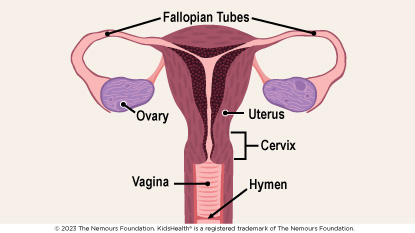
Outside Parts of the Female Reproductive System
- Vaginal opening. This is the opening to the vagina.
- Urethral opening. This is the opening to the urethra, the tube that carries pee from the bladder to the outside of the body.
- Vulva. This is the area between the legs that covers the opening to the vagina and other reproductive organs inside the body.
- Mons pubis. This fleshy area has pubic hair after puberty. It’s shaped like an upside-down triangle and covers the pubic bones, which make up part of the pelvis.
- Labia. These two pairs of skin flaps (the inner and outer labia) surround the openings to the vagina and urethra. After puberty, the outer labia are also covered by pubic hair.
- Clitoris. This is a small sensory organ with many nerve endings. It’s near the front of the vulva where the folds of the labia join.
How Does the Female Reproductive System Work?
Females are born with ovaries that have hundreds of thousands of eggs. When puberty starts, a gland in the brain called the pituitary gland starts making hormones. They tell the ovaries to make female sex hormones like estrogen, which help girls develop into sexually mature females.
Near the end of puberty, the body starts releasing eggs each month during a period. About once a month, during ovulation, an ovary sends an egg into a fallopian tube.
What Is a Period?
If a sperm doesn’t fertilize the egg while in a fallopian tube, the egg leaves the body about 2 weeks later through the uterus. Blood and tissues from the inner lining of the uterus combine to form the menstrual flow (period), which usually lasts 3 to 5 days. The first period is called menarche (MEH-nar-kee).
It’s common to have some mood and body changes before or during a period. This is called premenstrual syndrome (PMS). It can include signs and symptoms like headaches, mood changes, bloating, sore breasts, tiredness, pimples, an upset stomach, and food cravings. PMS usually goes away 2 to 3 days after a period starts.
Dull or sharp belly cramps are also common during the first few days of a period. They’re due to prostaglandins, chemicals in the body that make the muscles of the uterus tighten up.
It can take up to 2 years from their first period for girls to have a regular period. During that time, the body is adjusting to the hormones puberty brings. The monthly cycle for an adult female is about 28 days, but the range is from 23 to 35 days.
What Happens in Pregnancy?
If a female and male have sex within days of ovulation and a sperm fertilizes an egg, pregnancy happens. Here are the stages an egg goes through to become a baby.
Fertilization. When the male ejaculates (semen leaves the penis), semen goes into the vagina. Millions of sperm are in this small amount of semen. They “swim” up from the vagina through the cervix and uterus to meet the egg in a fallopian tube. If sperm fertilize the egg, it’s then called a zygote.
Blastocyst stage. About 5 to 6 days later, the cells in the zygote grow in number and form a hollow ball with fluid inside. This is called a blastocyst, and it’s about the size of a pinhead.
The blastocyst burrows into the lining of the uterus, called the endometrium (en-doh-MEE-tree-um). To get the lining ready, the hormones estrogen and progesterone make it thick and rich with blood. This helps the blastocyst attach to the uterus and get nutrients from it. The process is called implantation.
Embryonic stage. Now the inner cells of the blastocyst form a flattened circle called the embryonic disk. This will grow into a baby. The outer cells become thin membranes that form around the baby. The inner and outer cells multiply thousands of times and move to new spots to become an embryo (EM-bree-oh).
After about 8 weeks, the embryo is about the size of a raspberry. Almost all its parts — like the brain, nerves, heart, blood, stomach, intestines, muscles, and skin — have formed.
Fetal stage. This stage lasts from 9 weeks after fertilization to birth. Cells keep growing in number, moving, and changing. The embryo is now a fetus (FEE-tis). It floats in amniotic (am-nee-AH-tik) fluid inside something called the amniotic sac. The fluid and sac cushion the fetus against bumps to the mother’s body.
The fetus gets oxygen and nutrition from the mother’s blood through the placenta (pluh-SEN-tuh). This structure is shaped like a disk, and it sticks to the inner lining of the uterus. The placenta and fetus are connected by the umbilical (um-BIL-ih-kul) cord.
Start of labor.Pregnancy lasts around 280 days (about 9 months). When the baby is ready for birth, its head presses on the cervix, which begins to relax and widen. This helps the baby pass into and through the vagina. A plug made of mucus that has formed in the cervix now loosens. The amniotic sac tears, so amniotic fluid (and the mucus plug) come out of the vagina. This is called water breaking.
Labor. The hormone oxytocin (ahk-see-TOE-sin) causes the walls of the uterus to contract (tighten and loosen). The contractions make the cervix thin and begin to dilate or open. After many hours, the cervix opens enough for the baby to come through. The baby is pushed out of the uterus, through the cervix, and along the birth canal (vagina). The baby’s head usually comes first.
The umbilical cord also comes out with the baby. Doctors clamp the cord shut and cut it close to the navel (belly button) after the baby is delivered.
Afterbirth. The placenta pulls away from the inner lining of the uterus. Contractions push it out through the vagina along with its membranes and fluids. All this is called the afterbirth, and it’s the last stage of the birth process.
